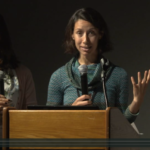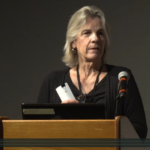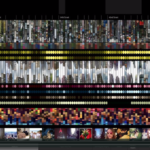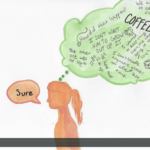
ELIZABETH A. KELLEY
ILLUME Advising, LLC
AMANDA E. DWELLEY
ILLUME Advising, LLC
[s2If is_user_logged_in()]
Download PDF
[/s2If]
[s2If current_user_can(access_s2member_level1)]
[/s2If]
Case Study—This case draws on work in the energy efficiency industry where many utilities rely on data-driven insights and decision-making to encourage consumers to adopt energy-saving products and behaviors. In this highly regulated industry, utility staff must show value through big data, and studies often rely exclusively on quantitative data analytics to create behavioral models to explain or predict behavior. However, purely data-driven research often fails to answer questions about why customers behave a certain way, and what product or program managers and marketers can do about it. In this case study, the team from ILLUME Advising LLC (ILLUME), a research consultancy in the clean energy industry, illustrates how their cross-functional team paired qualitative and quantitative research on residential home energy use. The case study...













